Carabinieri seize over 2,000 fake works: Warhol, Modigliani, Banksy and more. Photos of the forgeries
More than two thousand fake works of art: this is the incredible amount of the maxi-sequestration made by the Carabinieri Nucleo Tutela Patrimonio Culturale of Rome as part of theCariatide operation, which led the military to seize more than 2,100 works of contemporary art that if placed on the market would have caused economic damage estimated at more than 200 million euros. As a result of the operation, 38 individuals are under investigation for the crimes of conspiracy to receive stolen goods, forgery and marketing of art goods.
This is the outcome of a transnational investigation launched by the Pisa Public Prosecutor’s Office and delegated to the Carabinieri Cultural Heritage Protection Unit in Rome, and coordinated at the European level by the Italian desk of the Eurojust Agency. The fake works refer to big names in 20th-century and contemporary art: among the best known are those of Umberto Boccioni, Claude Monet, Vincent van Gogh, Paul Klee, Pablo Picasso, Vasilij Kandinsky, Gustav Klimt, Andy Warhol, Joan Miró, Wifredo Lam, Jean-Michel Basquiat, Keith Haring, Edward Hopper, Giorgio de Chirico, Alberto Giacometti, Salvador Dalí Jackson Pollock, Henry Moore, Amedeo Modigliani, Renato Guttuso, Cy Twombly, Raoul Hausmann, Arman, Francis Bacon, Igor Mitoraj, Banksy. The recovery is the result of several seizures in Italy, Spain and Belgium.
The operations began in March 2023 with the seizure by Carabinieri of the Rome TPC Unit from a Pisan entrepreneur, which led to the recovery of about 200 counterfeit works of art including a painting depicting a Caryatid by Modigliani (hence the name of the operation). Following this seizure, the weapon investigators initiated further investigations by also monitoring the e-commerce platforms of major auction houses to try to determine whether other similar works had been offered for sale to the public, and what the names of the individuals supplying the forgeries were. Indeed, in the second phase of the investigation, it was discovered that as many works had been offered for sale by different auction houses in various regions: Lombardy, Piedmont, Veneto, Friuli-Venezia Giulia, Liguria, Emilia Romagna, Tuscany, Umbria, Lazio, Campania, Puglia, Basilicata, and Sicily. Three forgers and three painting workshops, located in Lucca, Pistoia and Venice, where the counterfeit works were produced, were also identified.
Carabinieri reconstructed the chain of counterfeiters, an operation that made it possible to ascertain the existence of a dense European network between Spain, France and Belgium, made up of numerous individuals dedicated to processing: the counterfeiters, once the forgeries had been produced, would make arrangements with various Italian auction houses, some of which were complacent, for the subsequent sale. In particular, three works by Kandinsky, Klee, and Mondrian, whose works are usually sold at international auctions for tens of millions of euros, had been sold at a Pisan auction house for the sum of about 4,000 euros each. The activity of the suspects had mainly focused on the works of Warhol and Banksy: moreover, those involved had organized an exhibition with works by Banksy in Mestre and Cortona, exhibiting the works in official spaces at prestigious venues and also publishing a catalog.
Given the evidence gathered on this forgery activity in Europe, the Pisa Public Prosecutor’s Office issued three European investigation orders against six people in Spain, France and Belgium. Under delegation from the prosecutor in charge of the investigation, the Carabinieri TPC of Rome executed the orders abroad with the assistance of the Guardia Civil and Mossos d’Esquadra in Spain, the Office Central de Lutte contre le Trafic de Biens Culturels (OCBC) in France, and the Federal Police of Belgium.
As a result of the activities conducted in Europe, three more counterfeit workshops were identified: an additional 1,000 works of imitation contemporary art were then seized, with more than 450 certificates of authenticity and 50 stamps all forgeries. The activity shed light on a transnational system of forgers interconnected with compliant auction houses.
The importance of the operation also lies in the removal from the market of works that, had they not been promptly blocked, could have been placed on the market with quotations close to those of the original works. The consultants of the Pisa Public Prosecutor’s Office certified the non-originality of the seized works, and estimated that, had they been sold, they would have resulted, as anticipated, in economic damage of approximately 200 million euros, an eventuality that would have significantly altered the market.
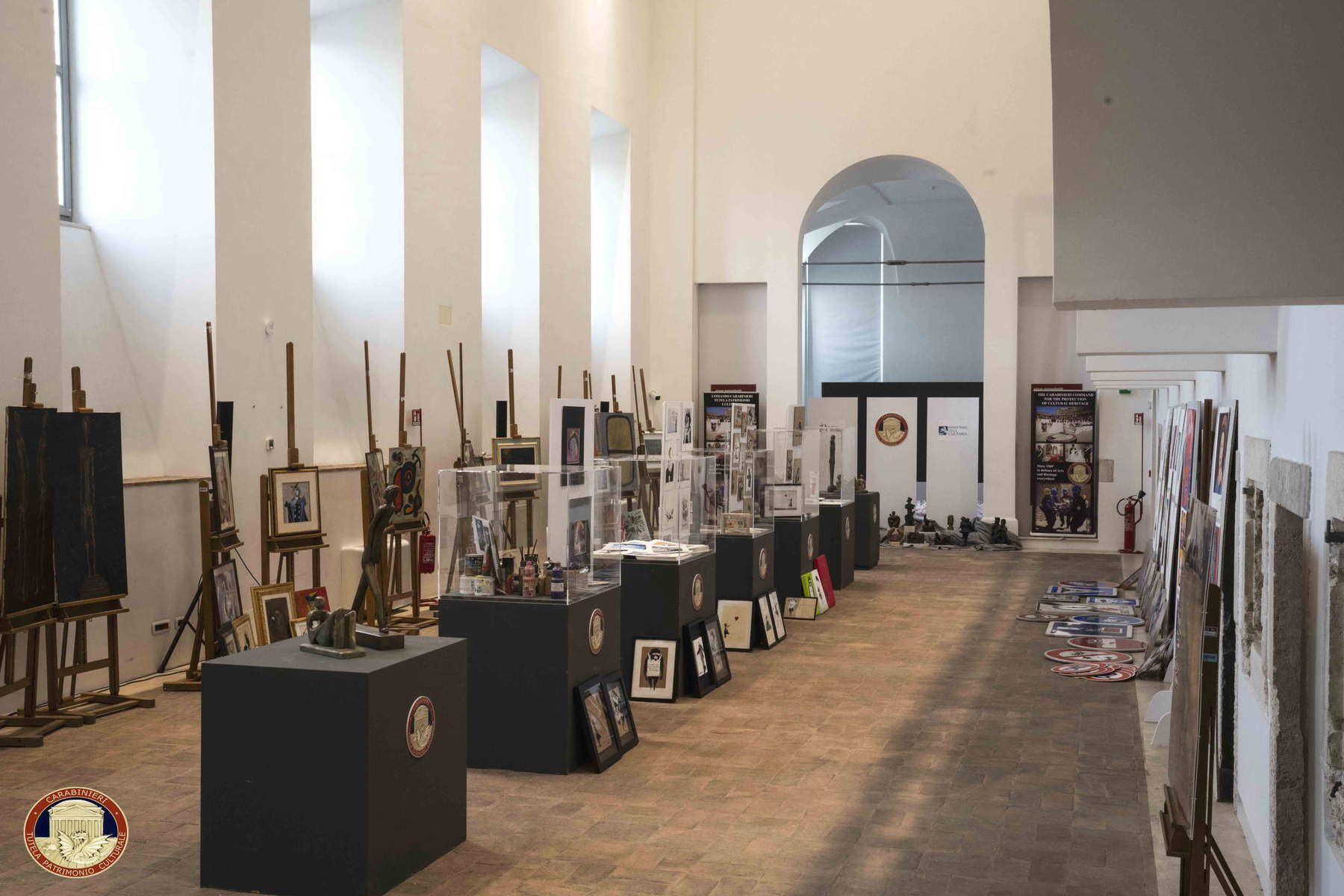
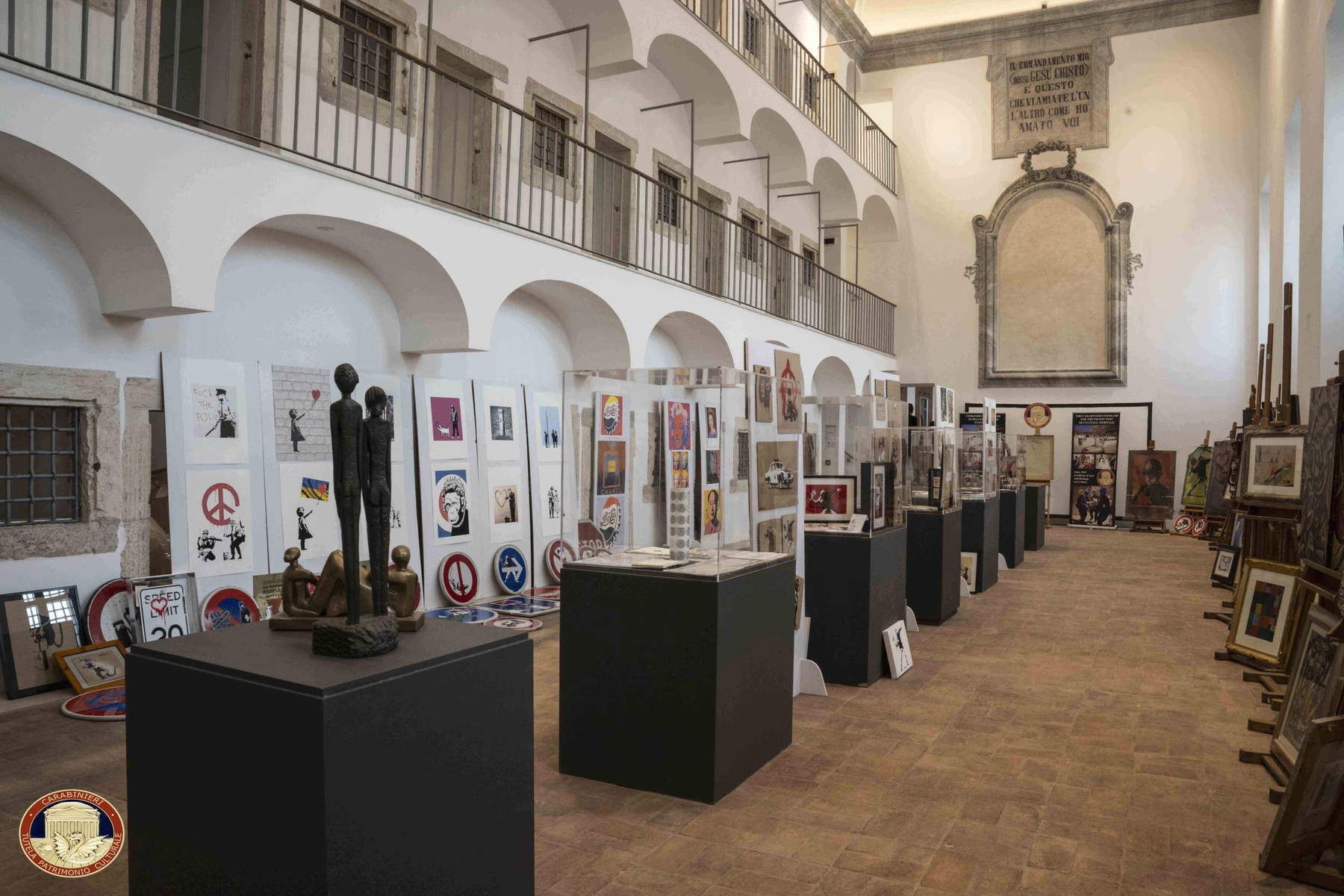
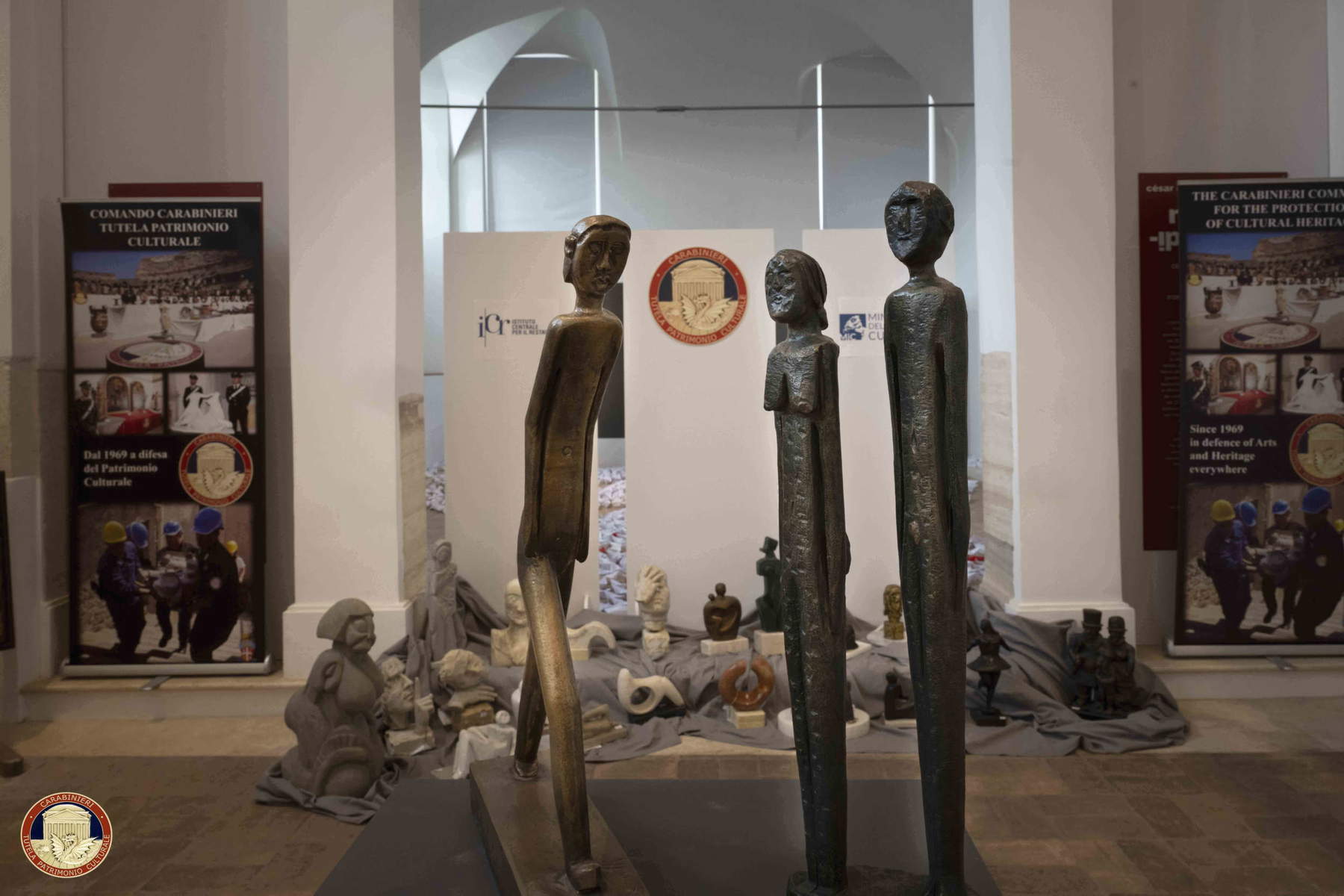
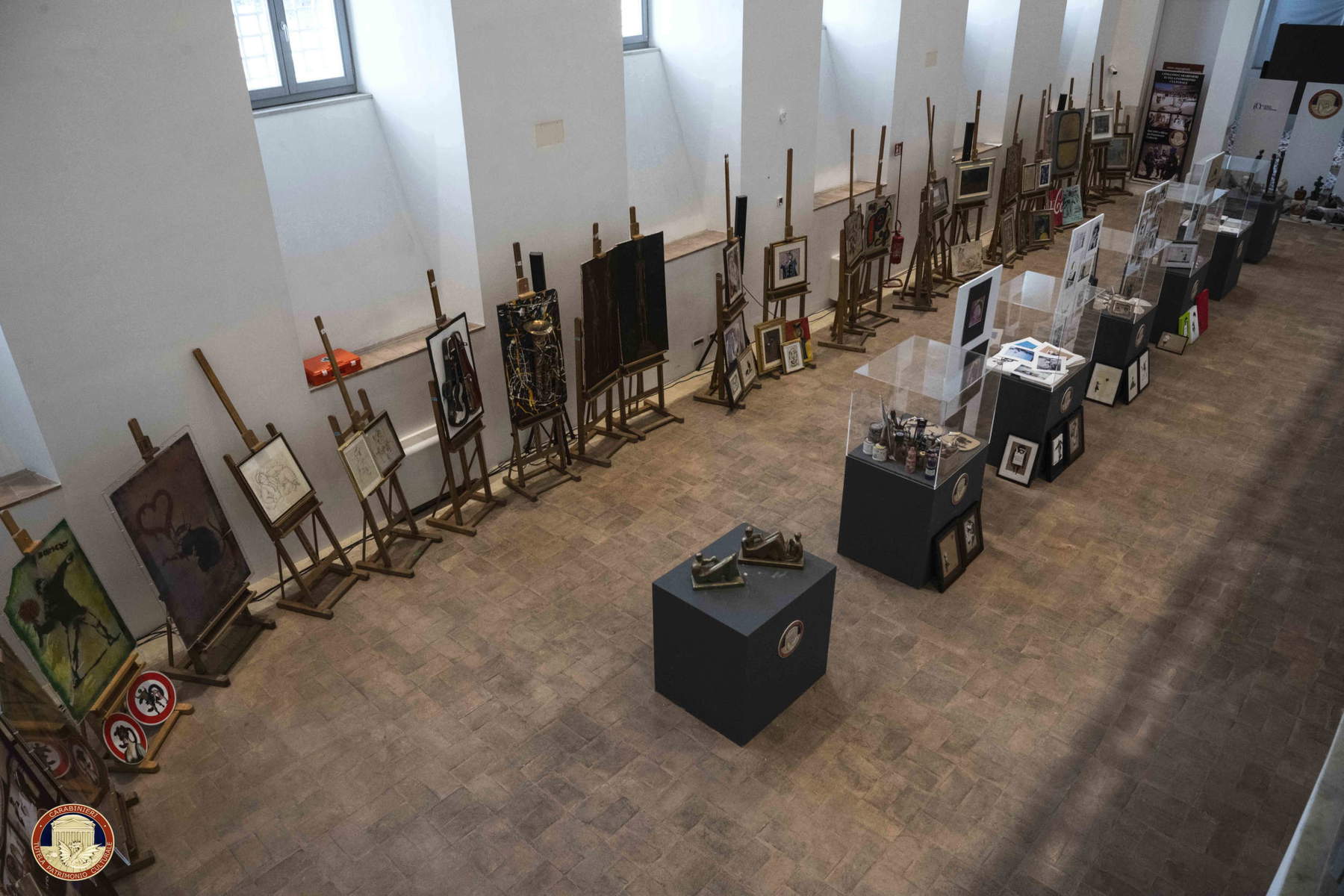
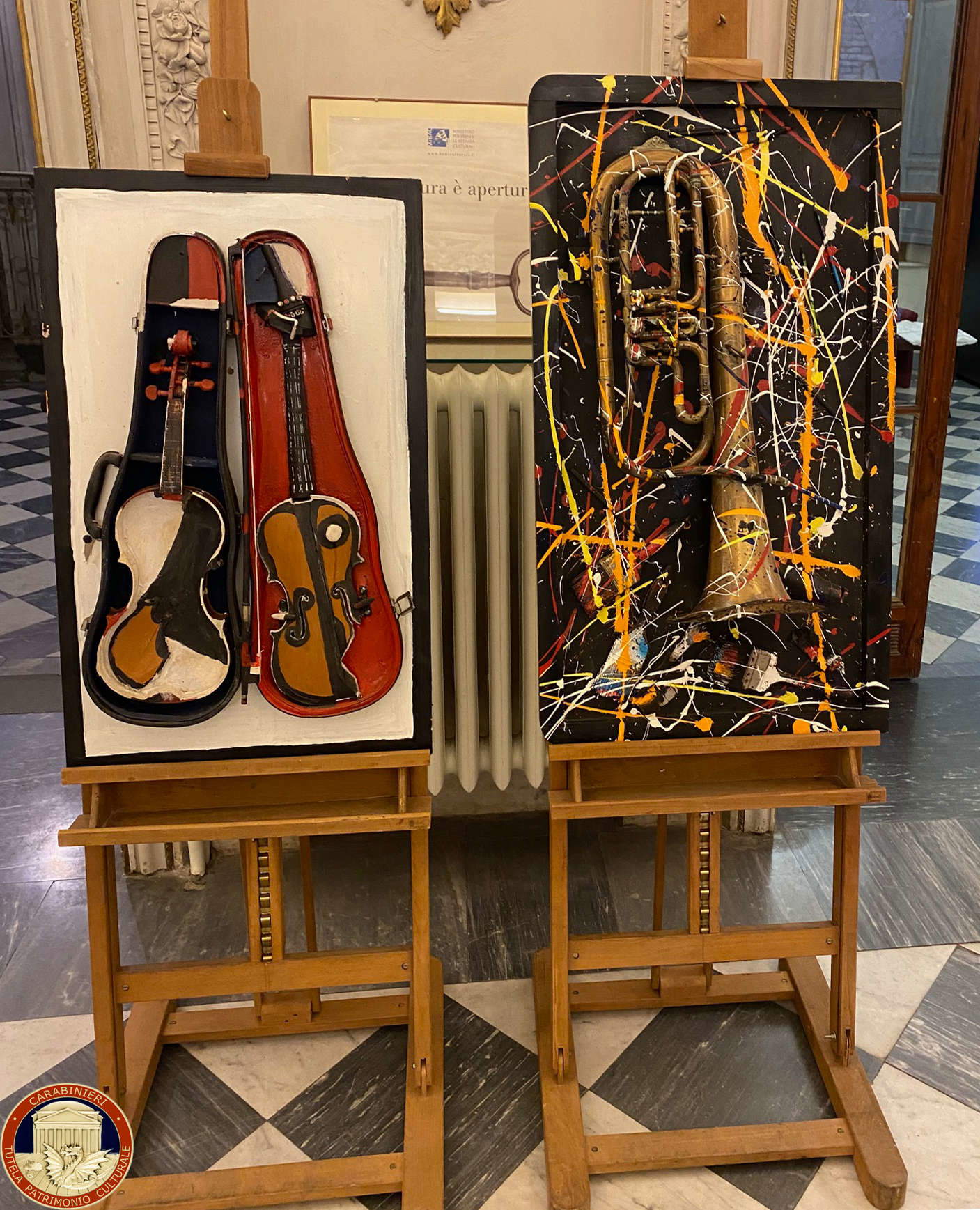
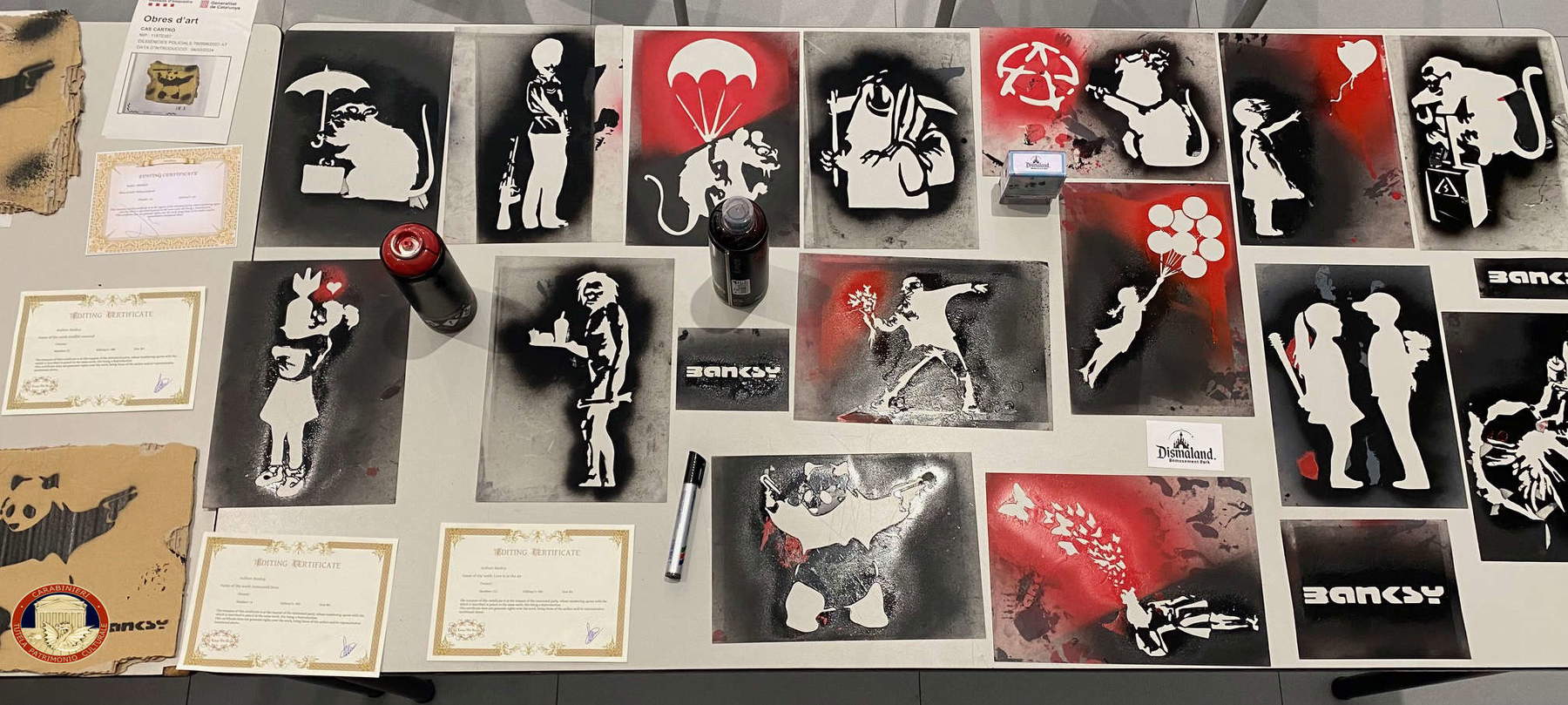
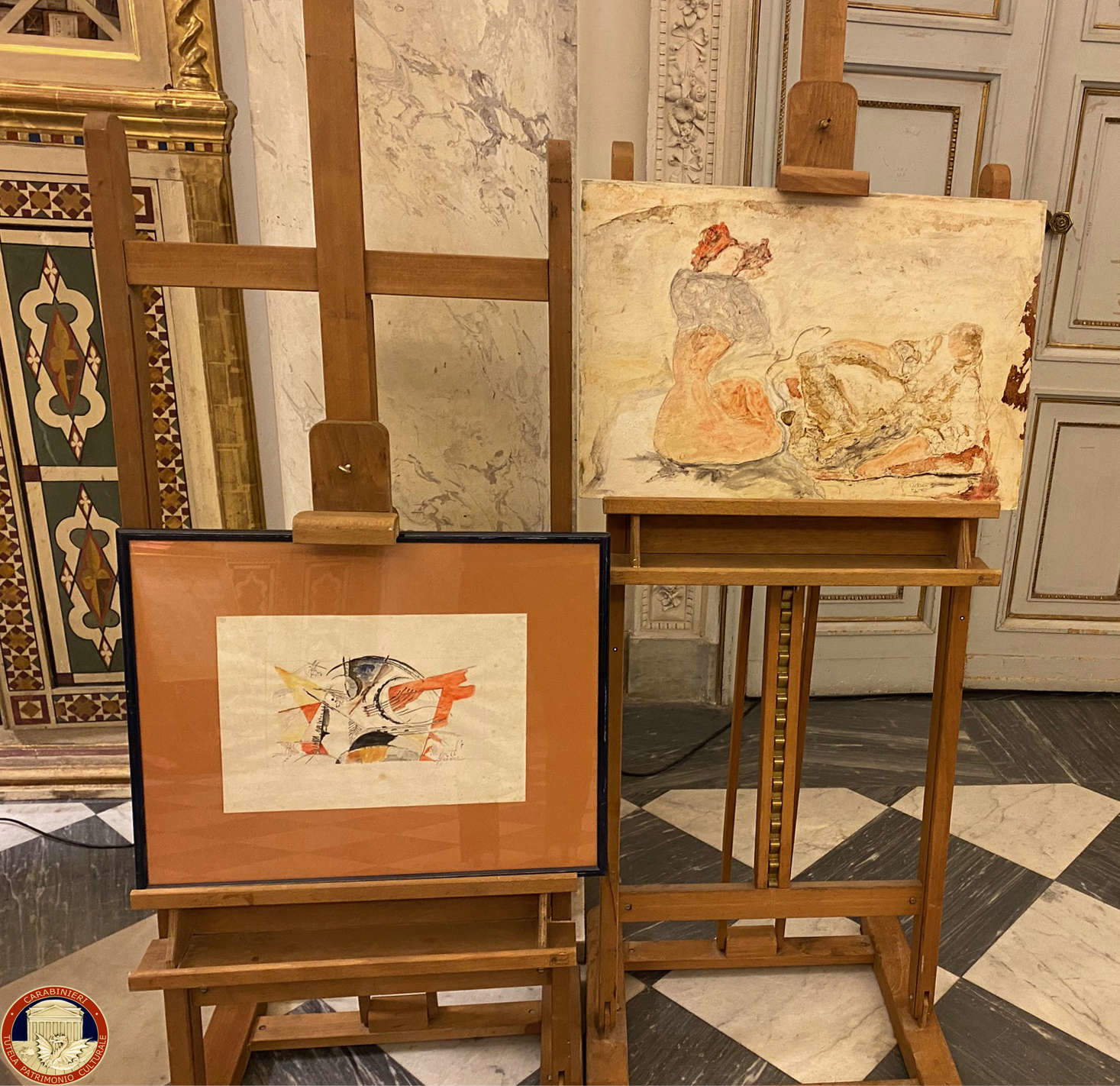
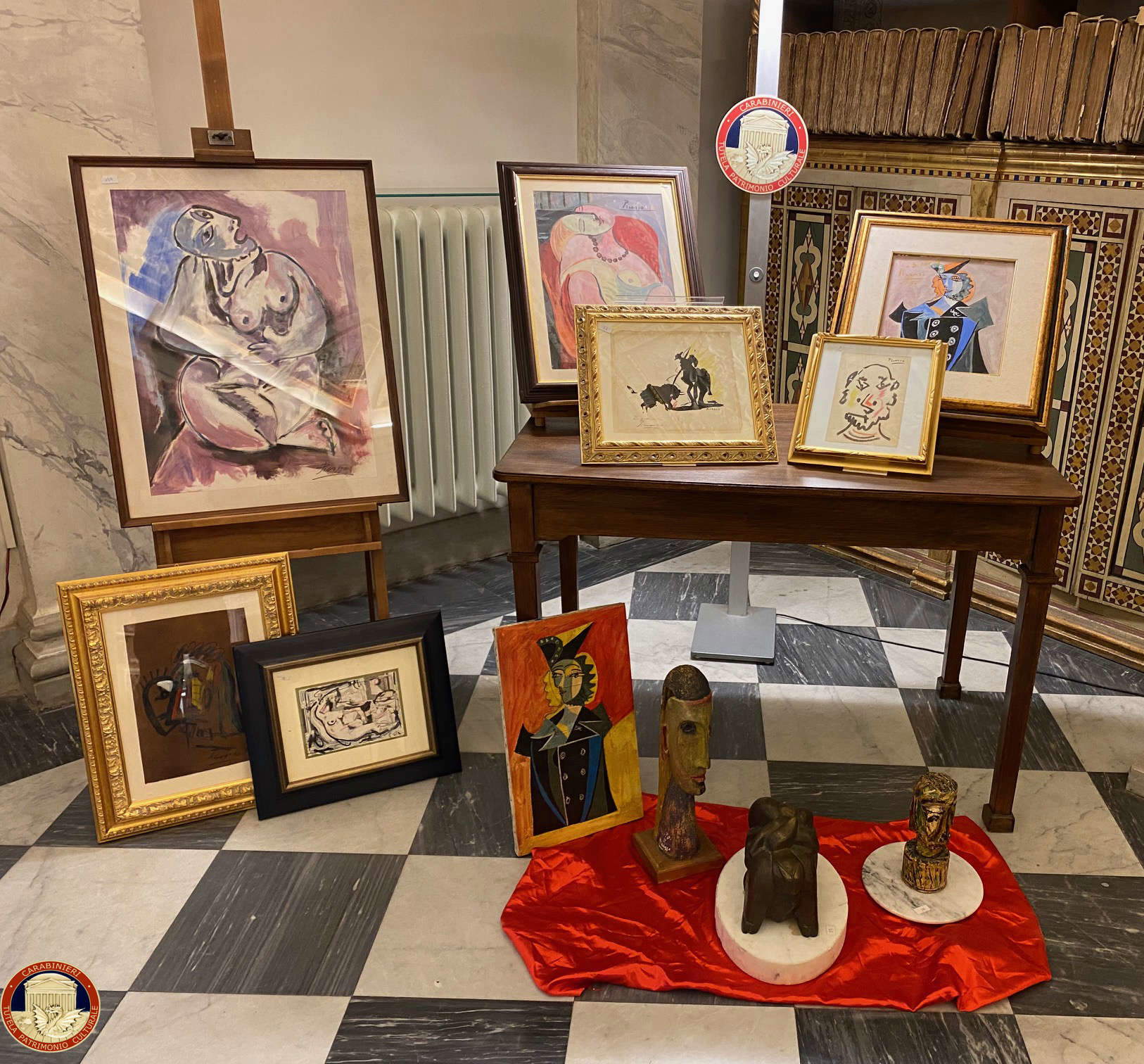
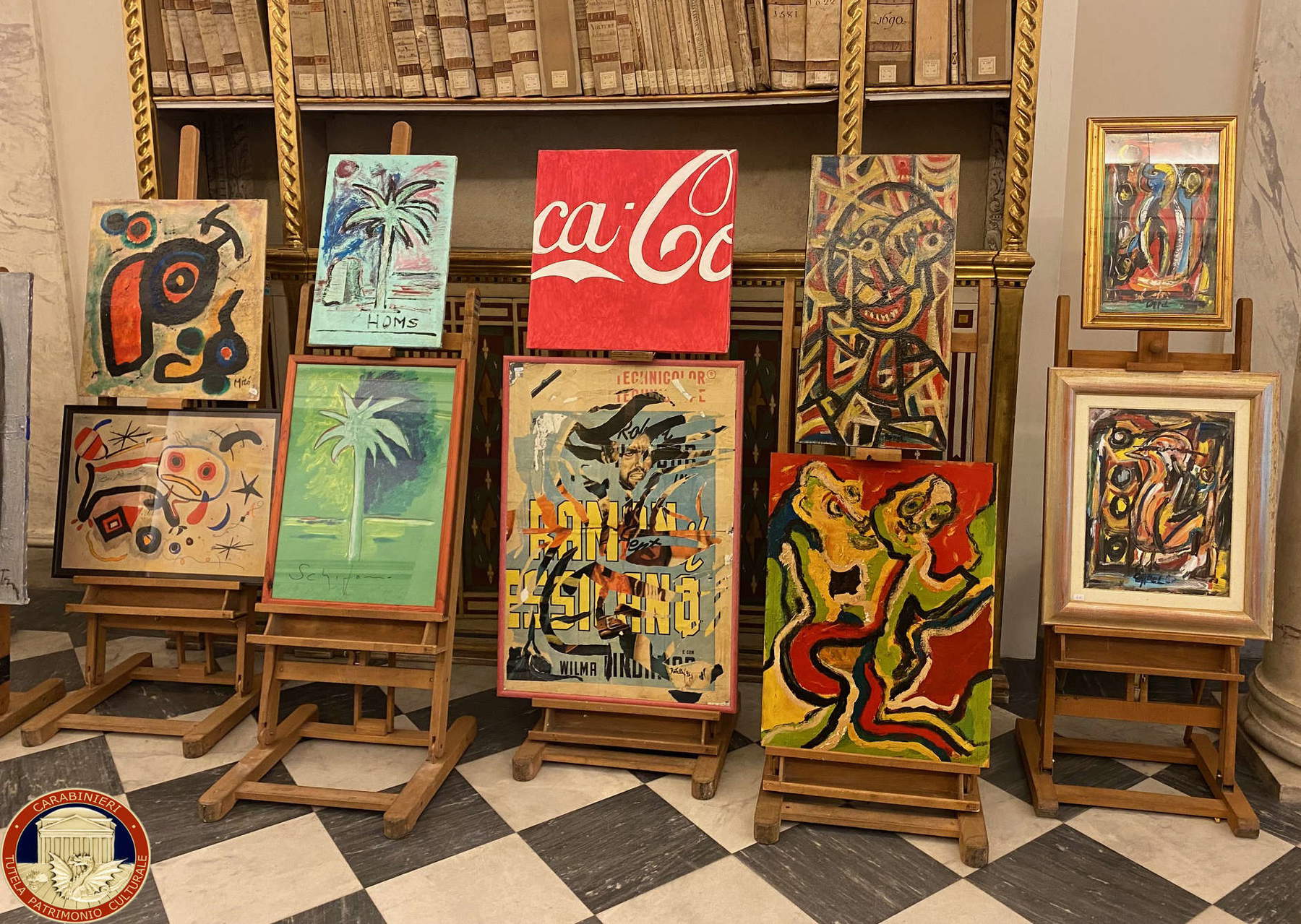
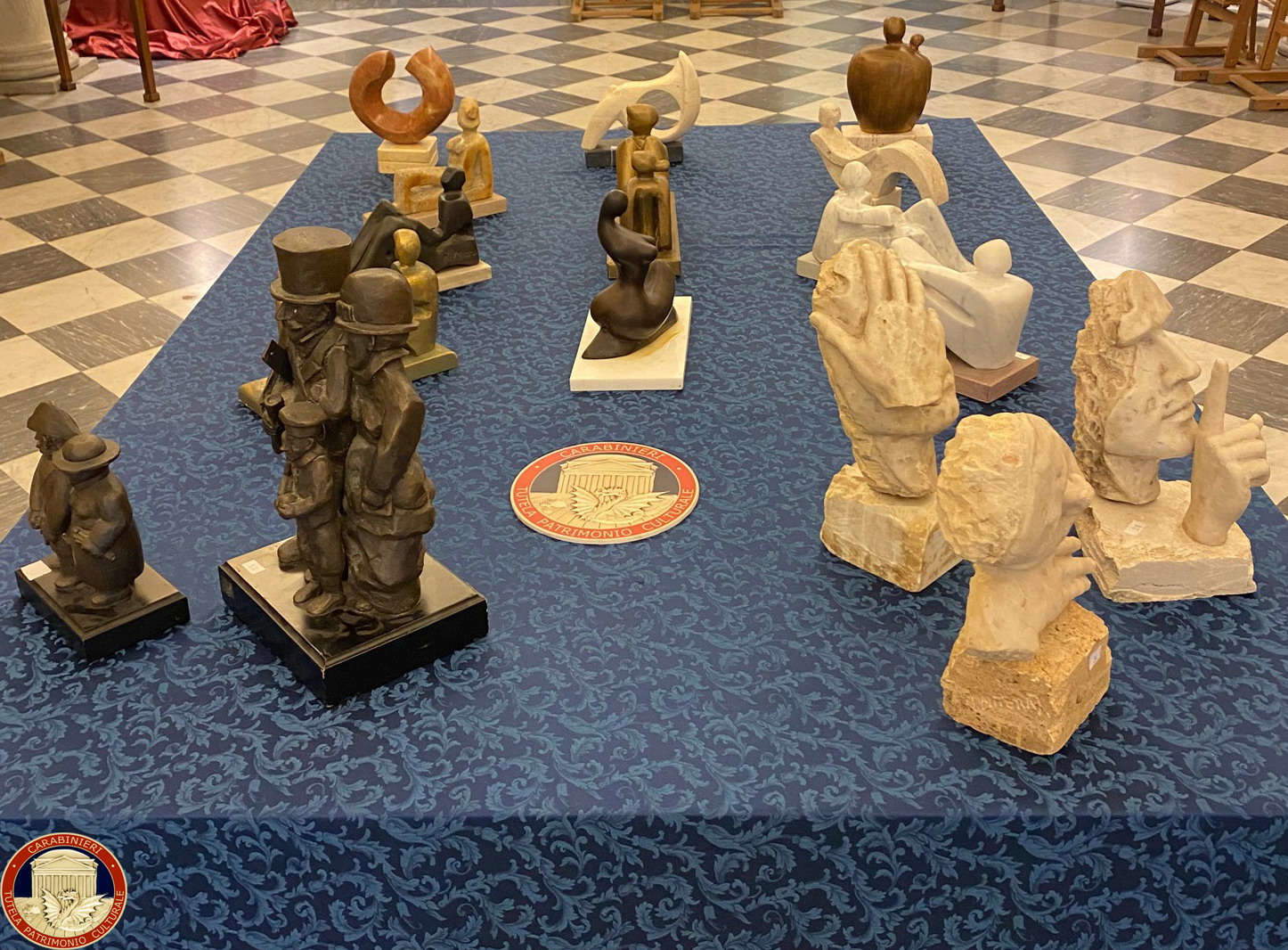
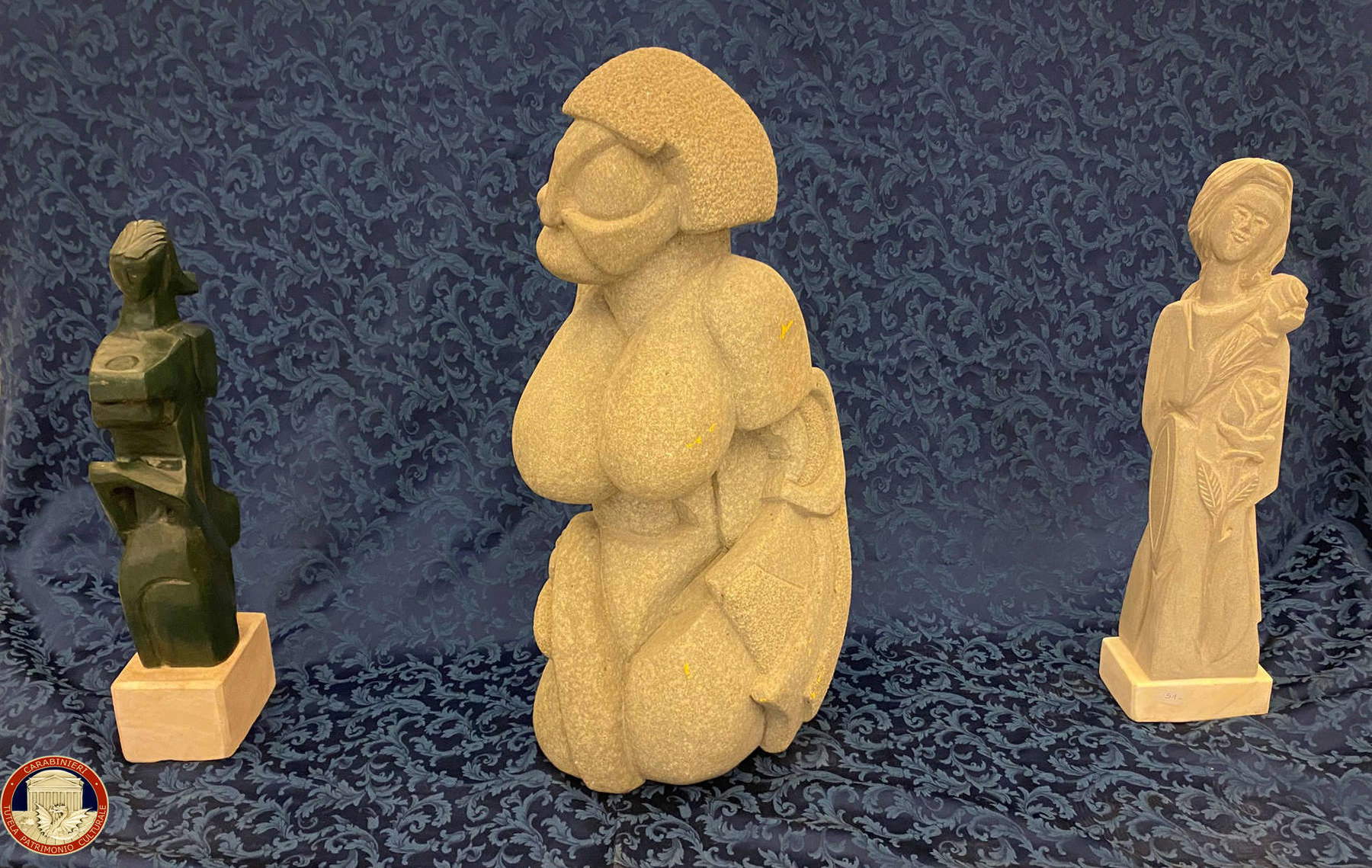
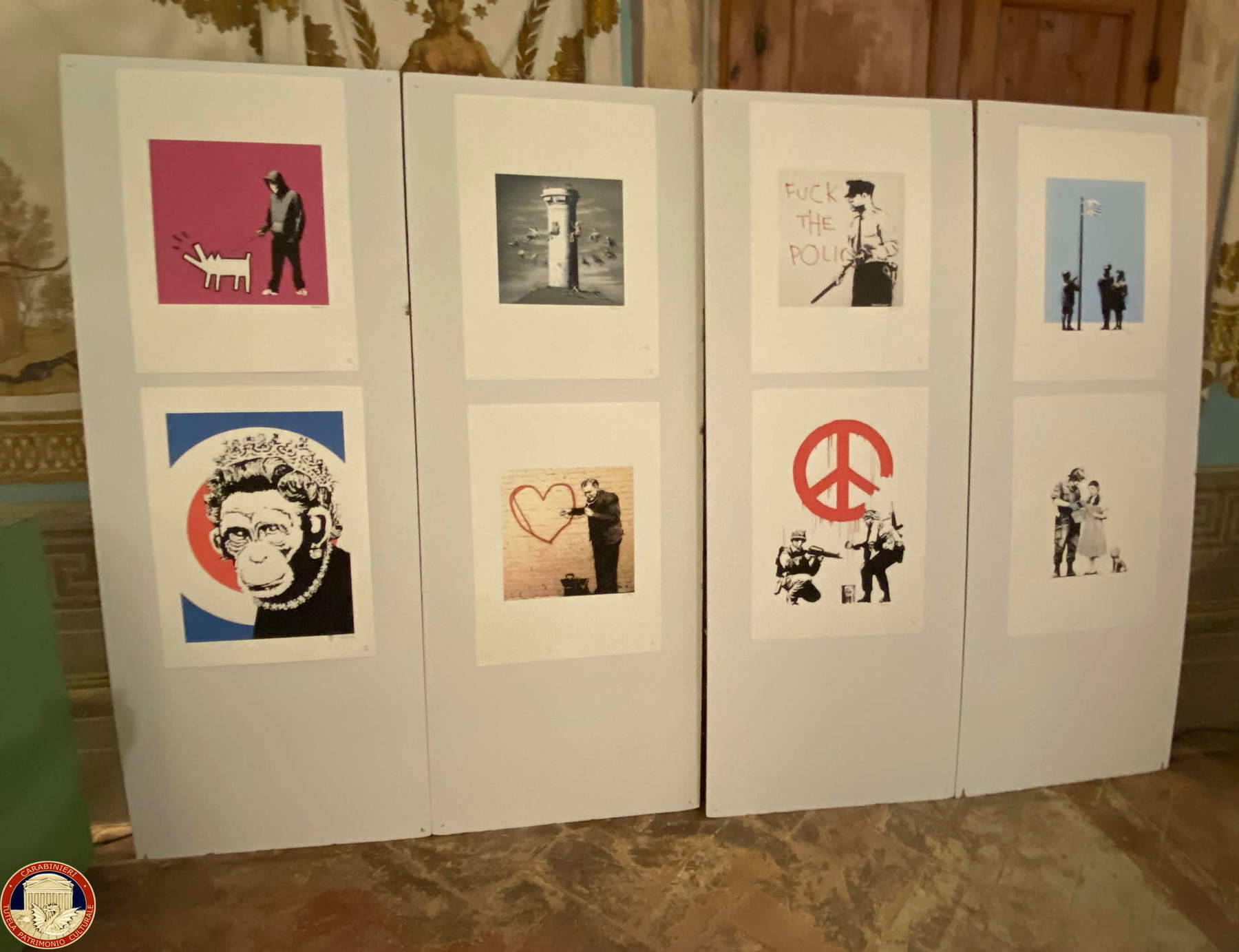
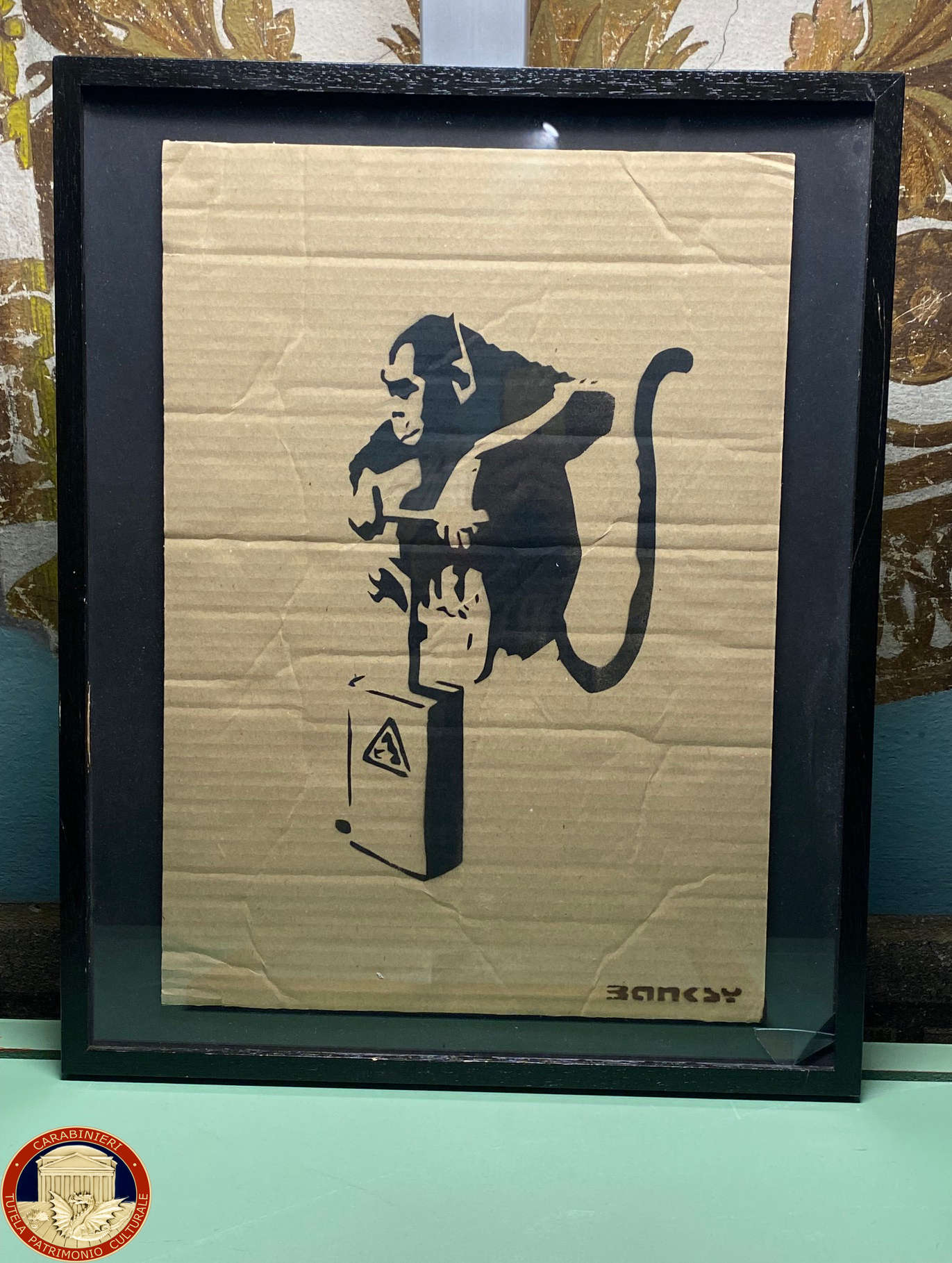
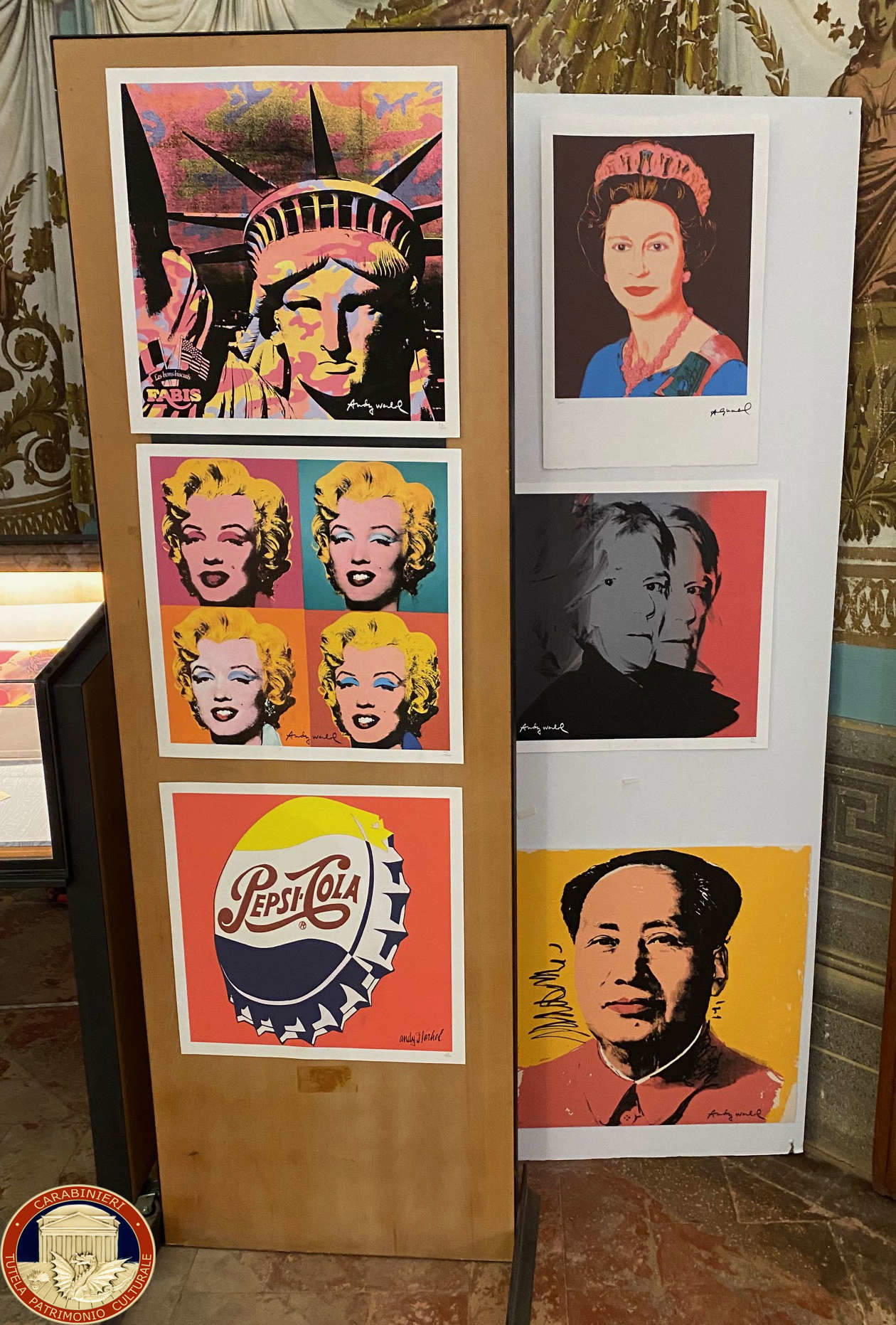
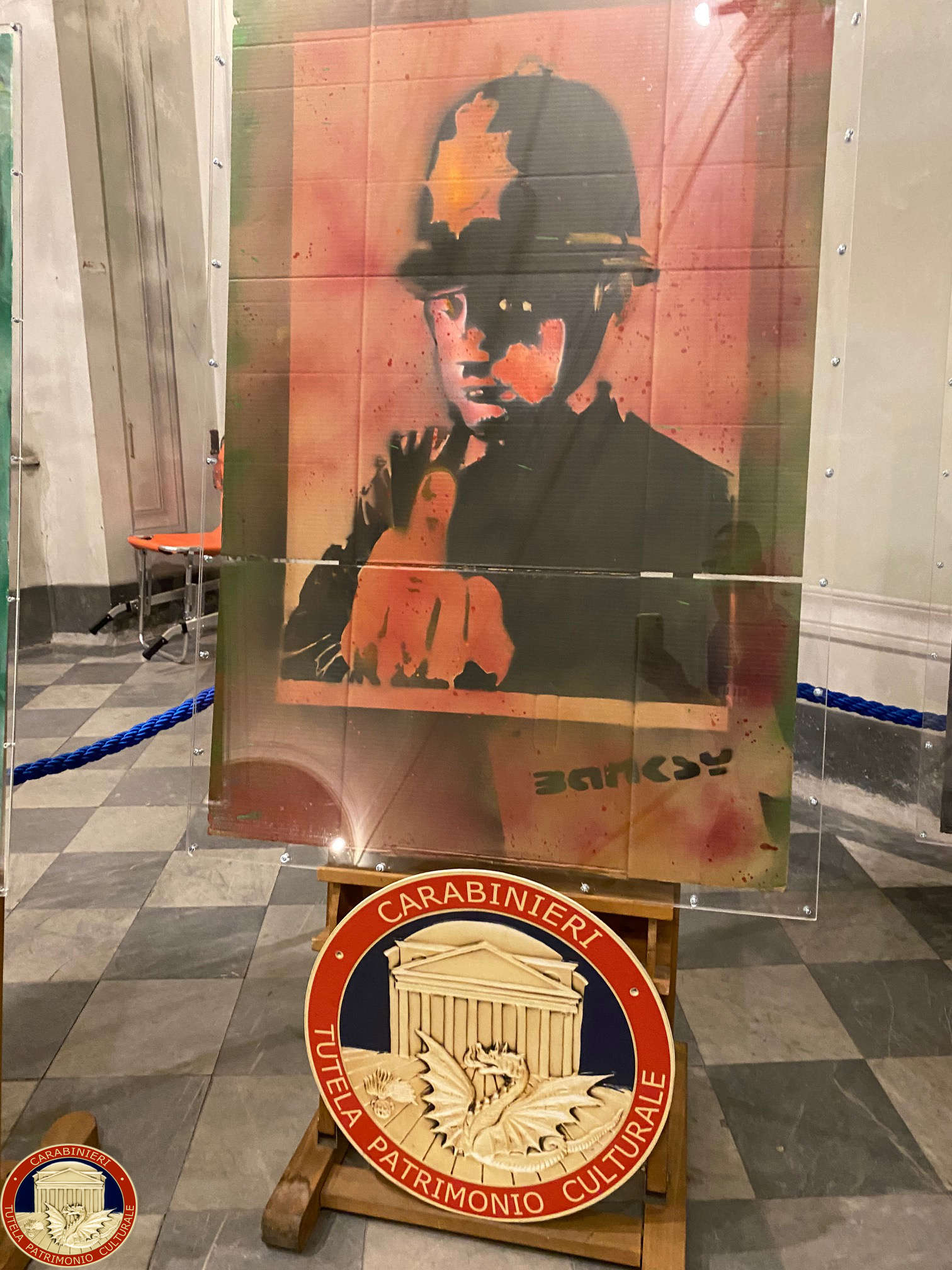
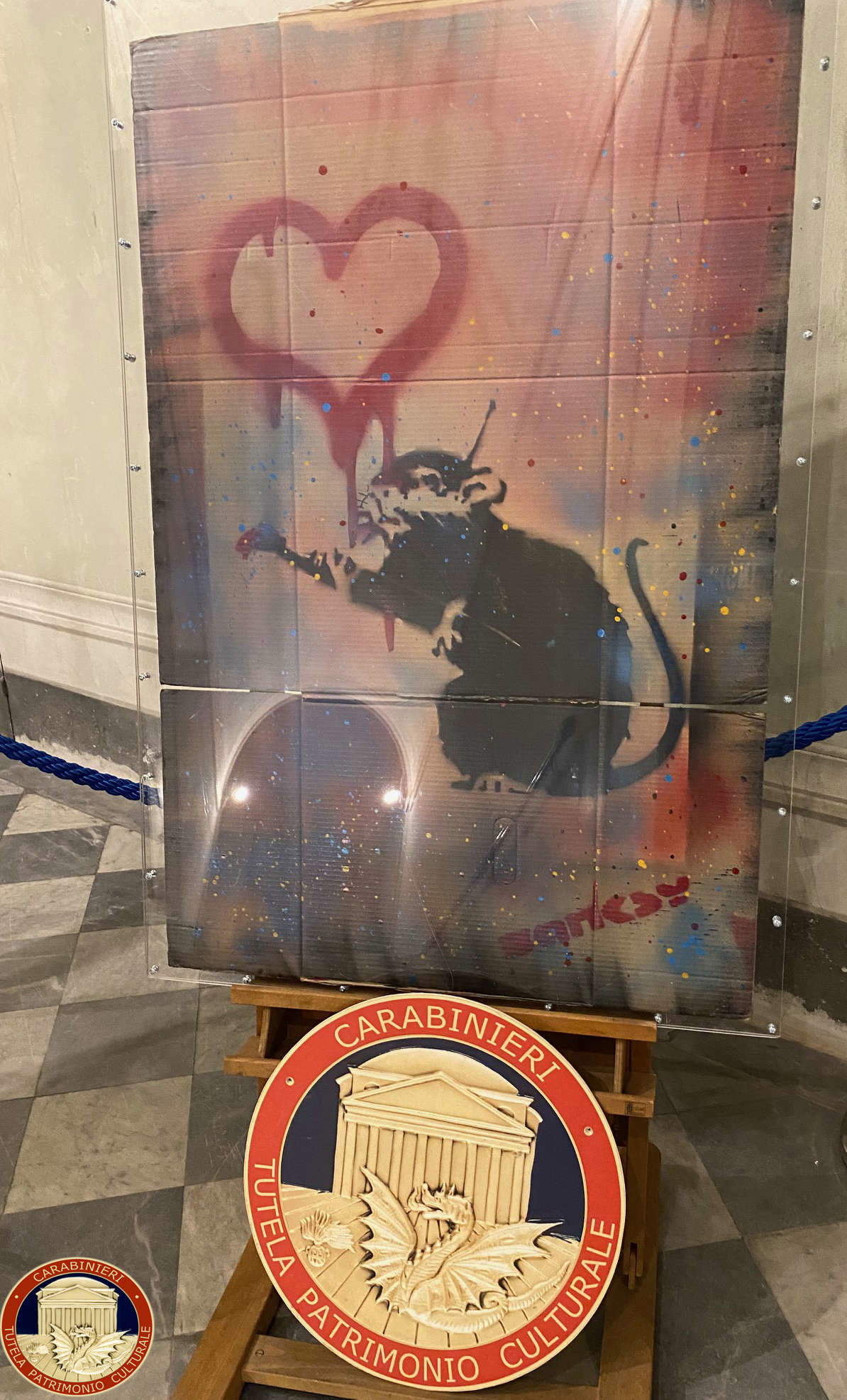
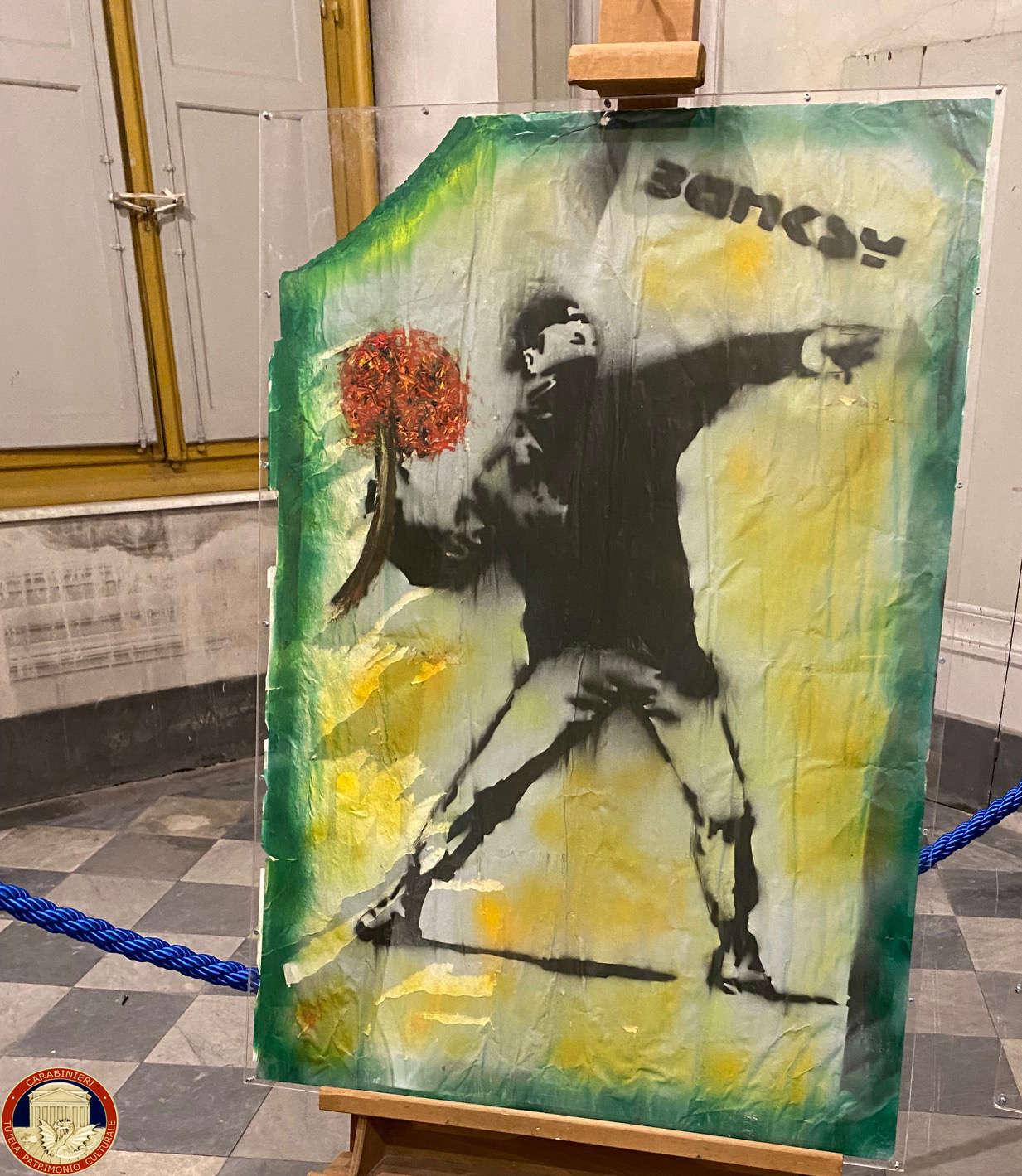
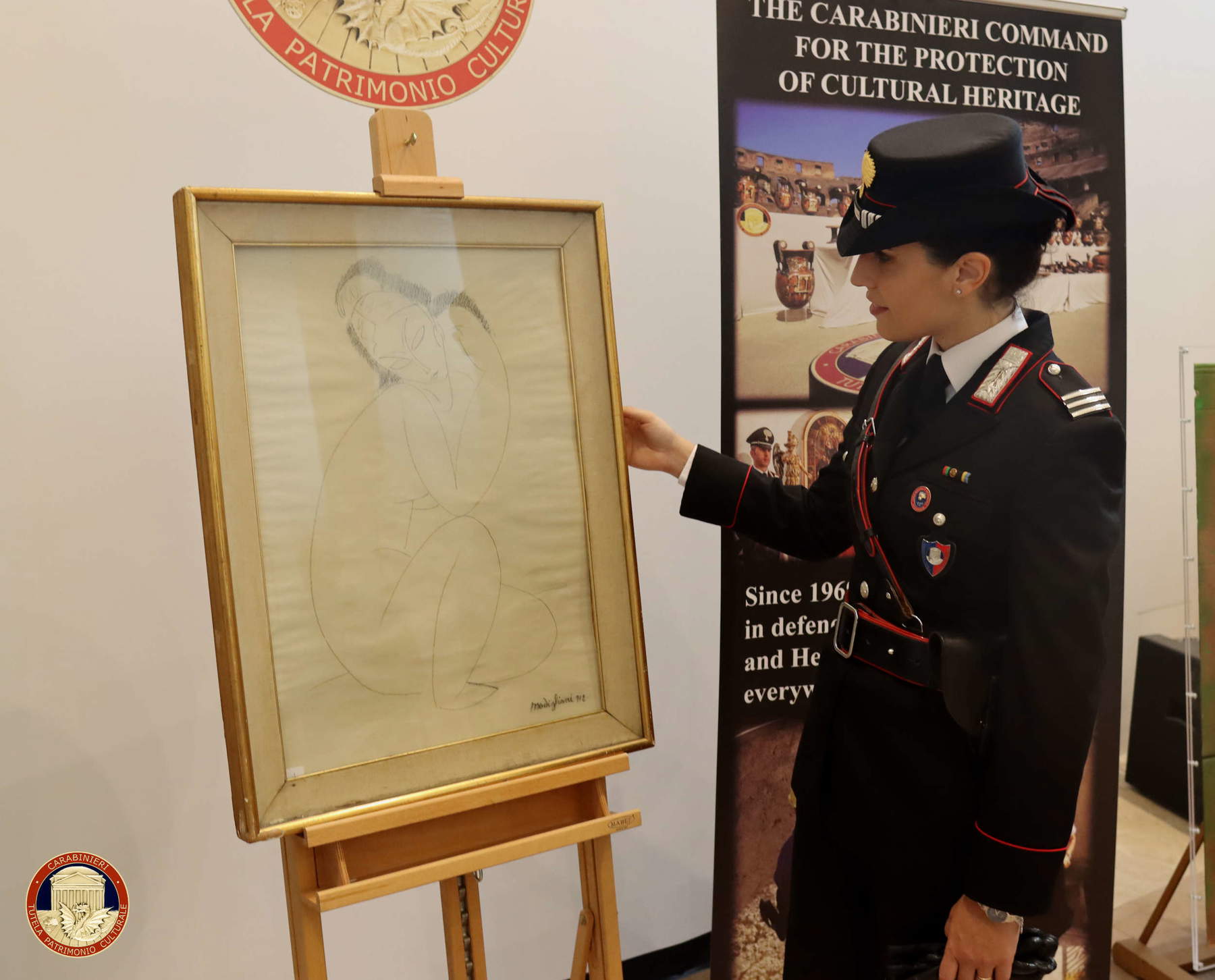
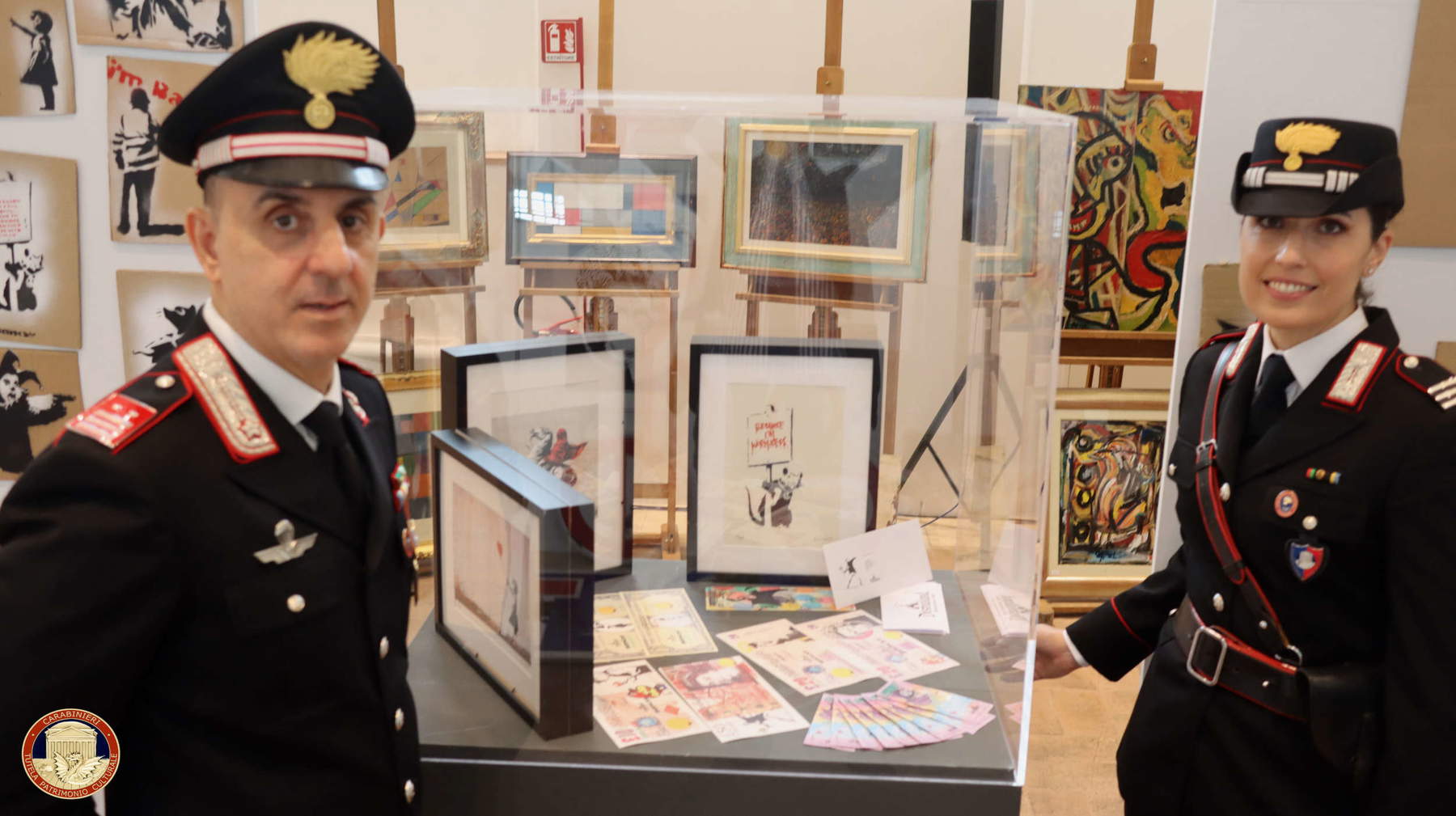
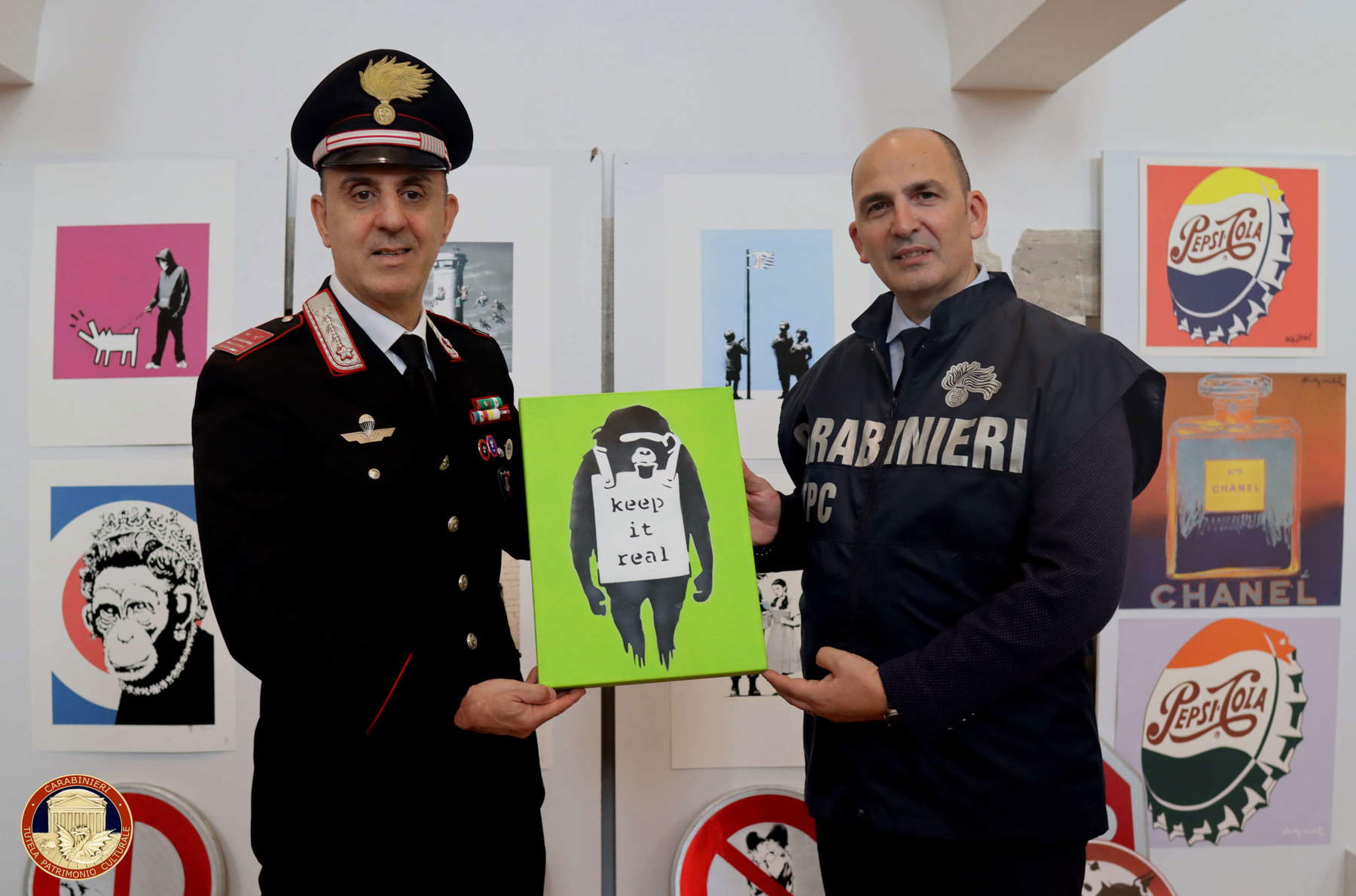
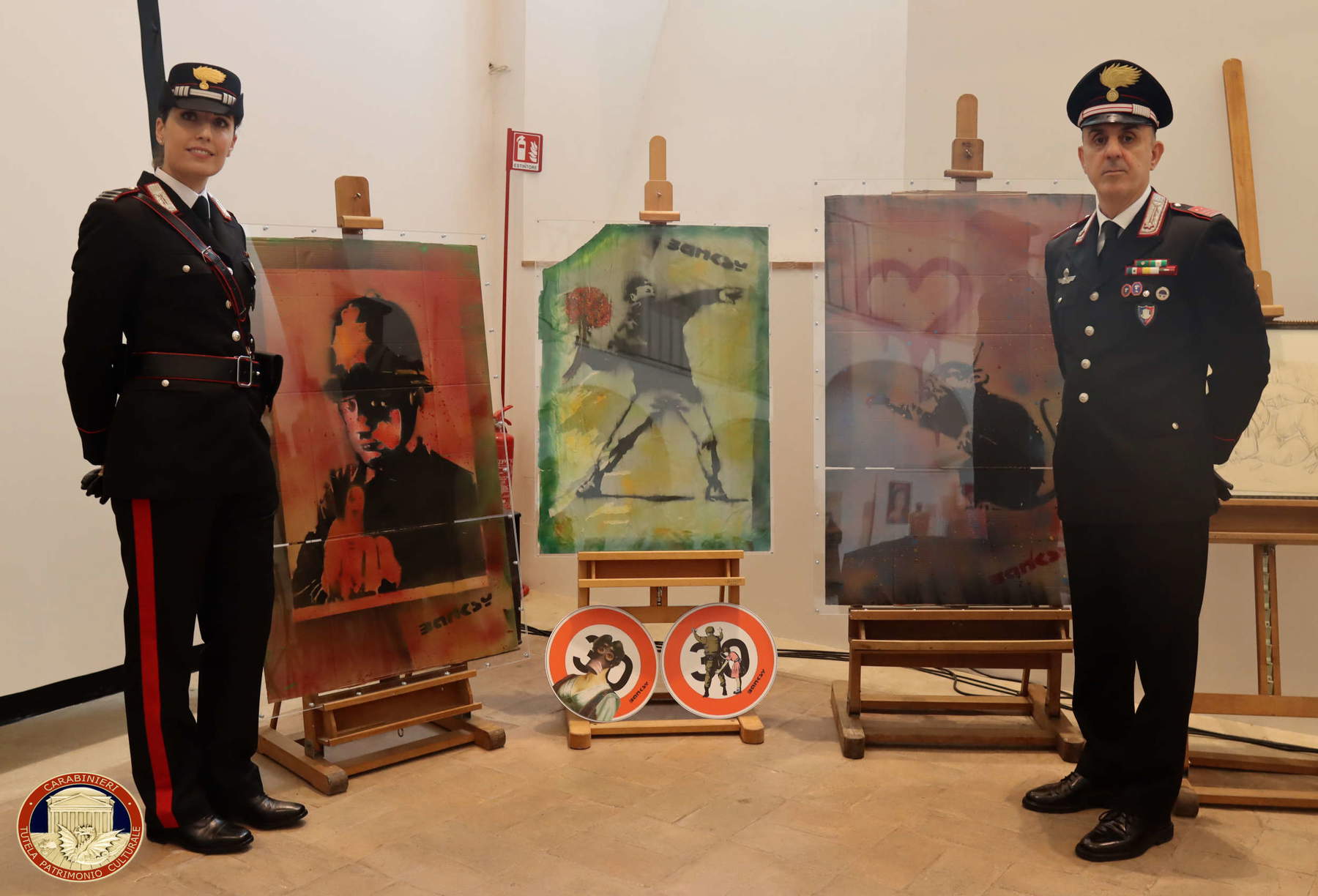
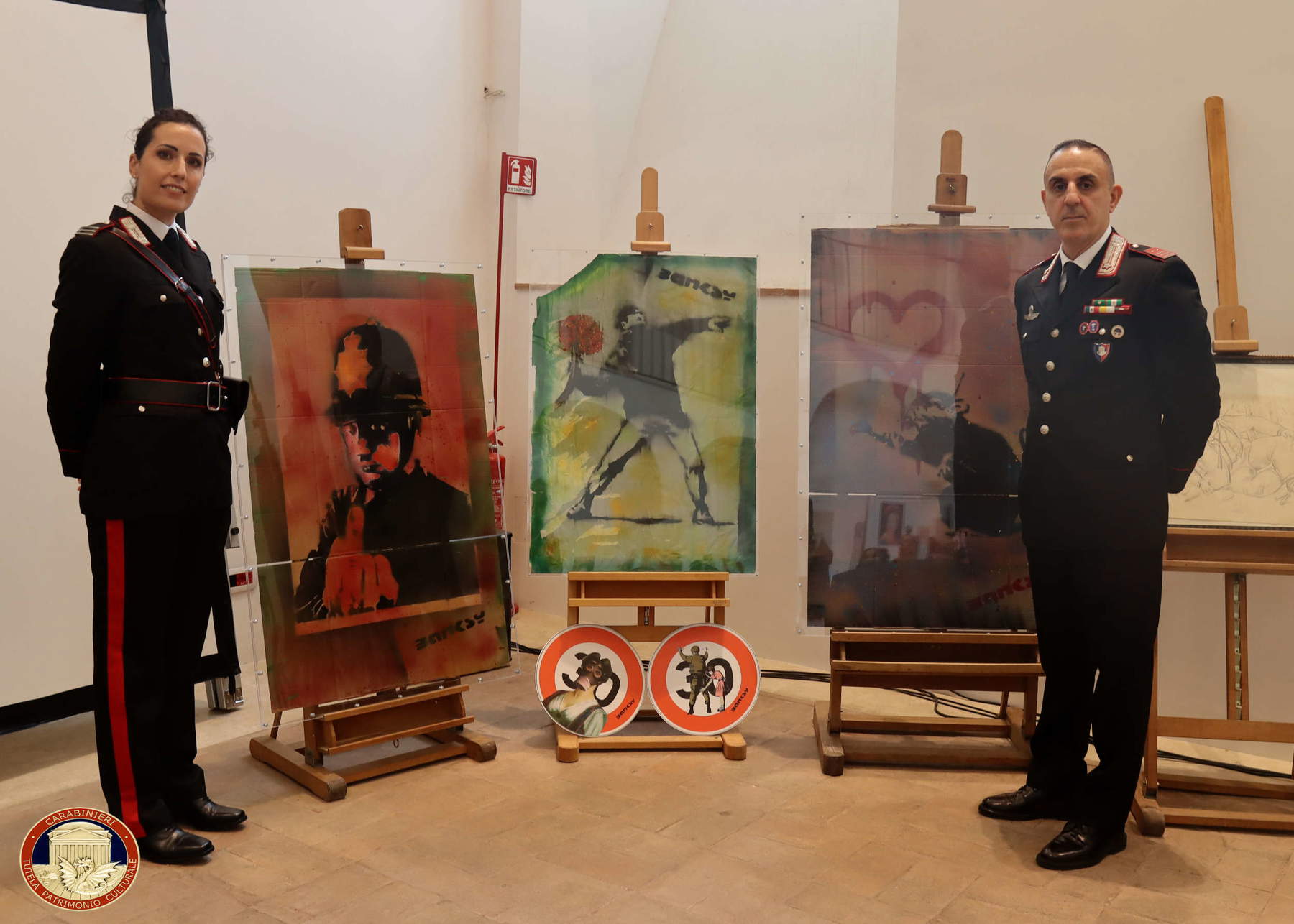
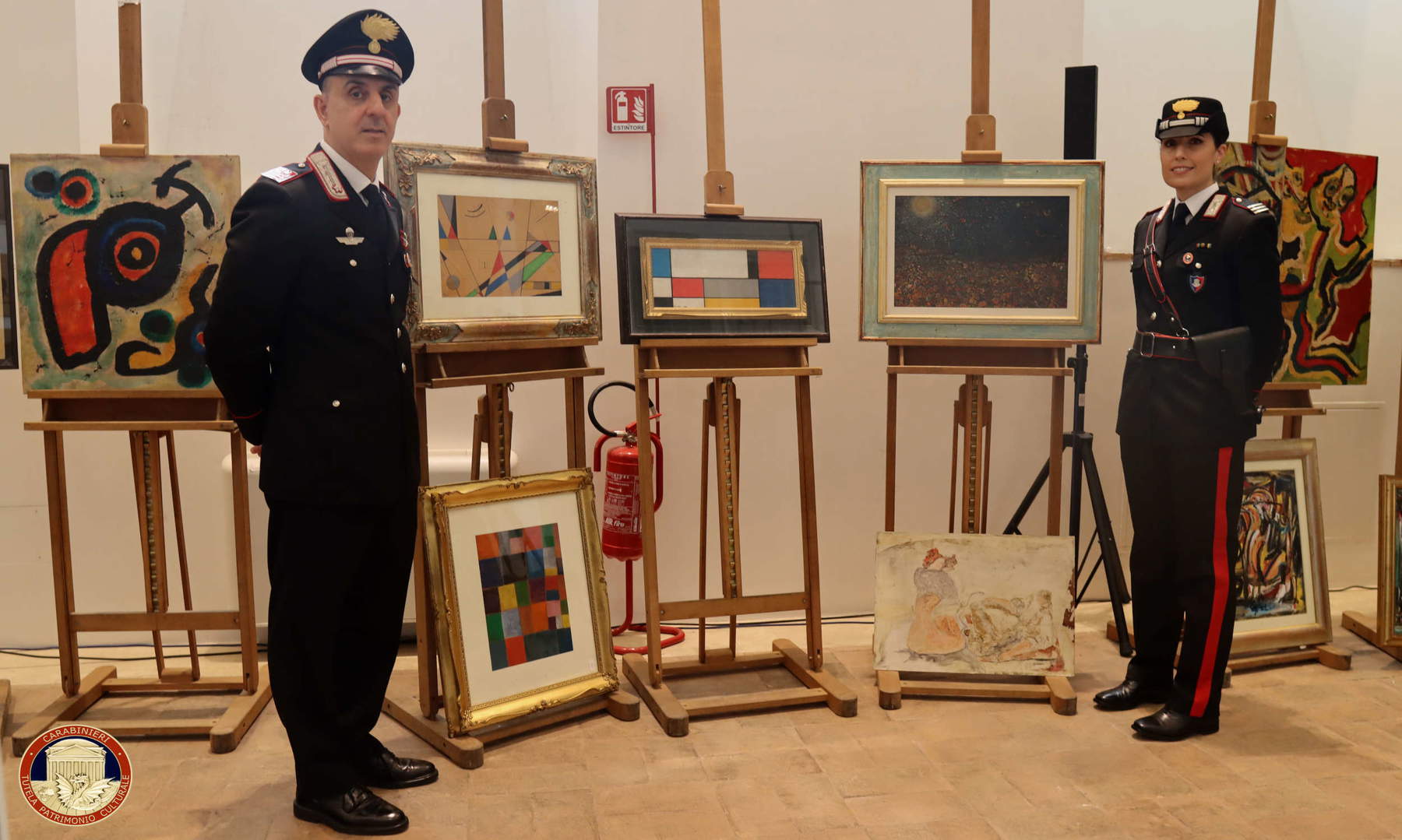
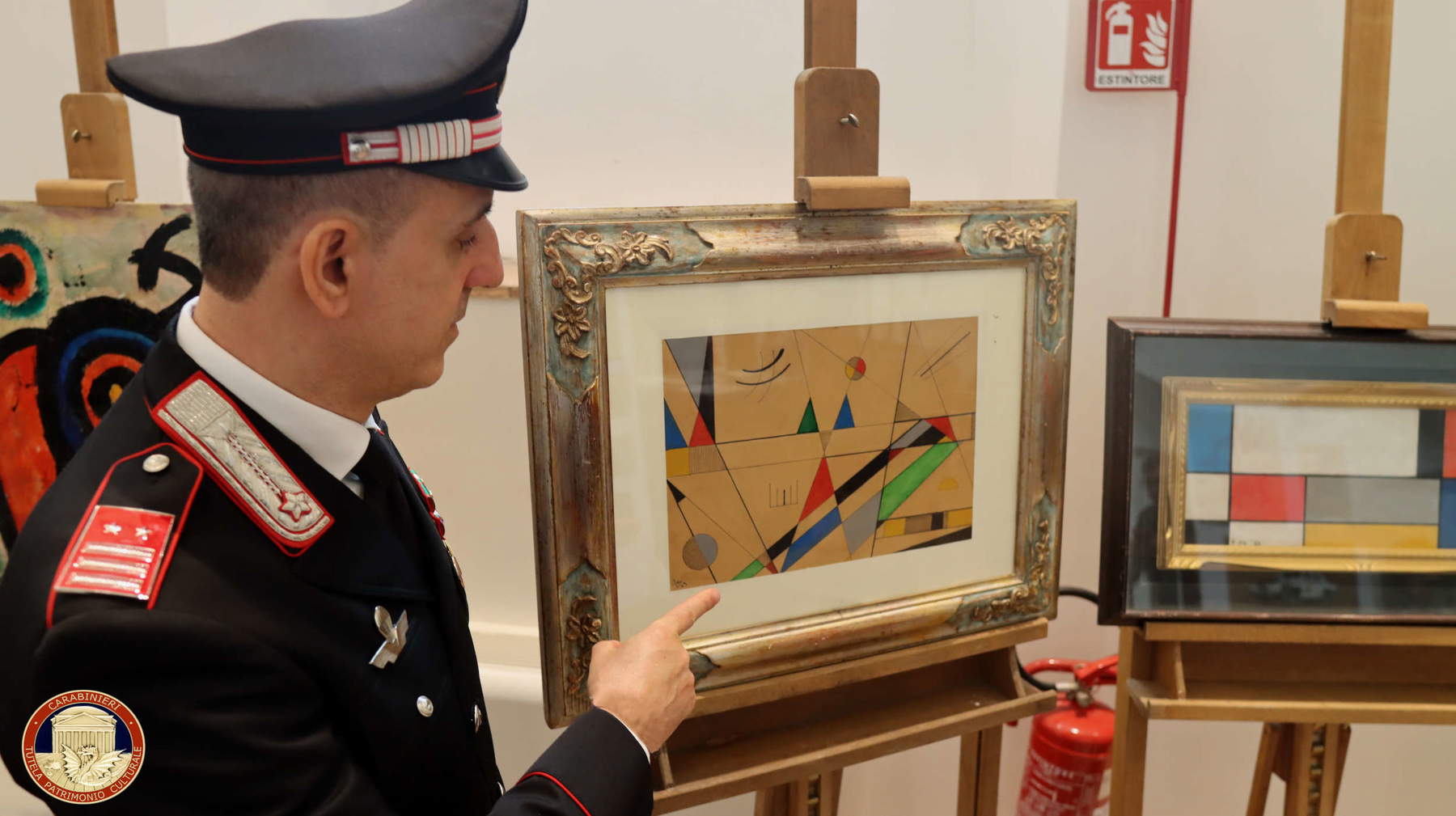
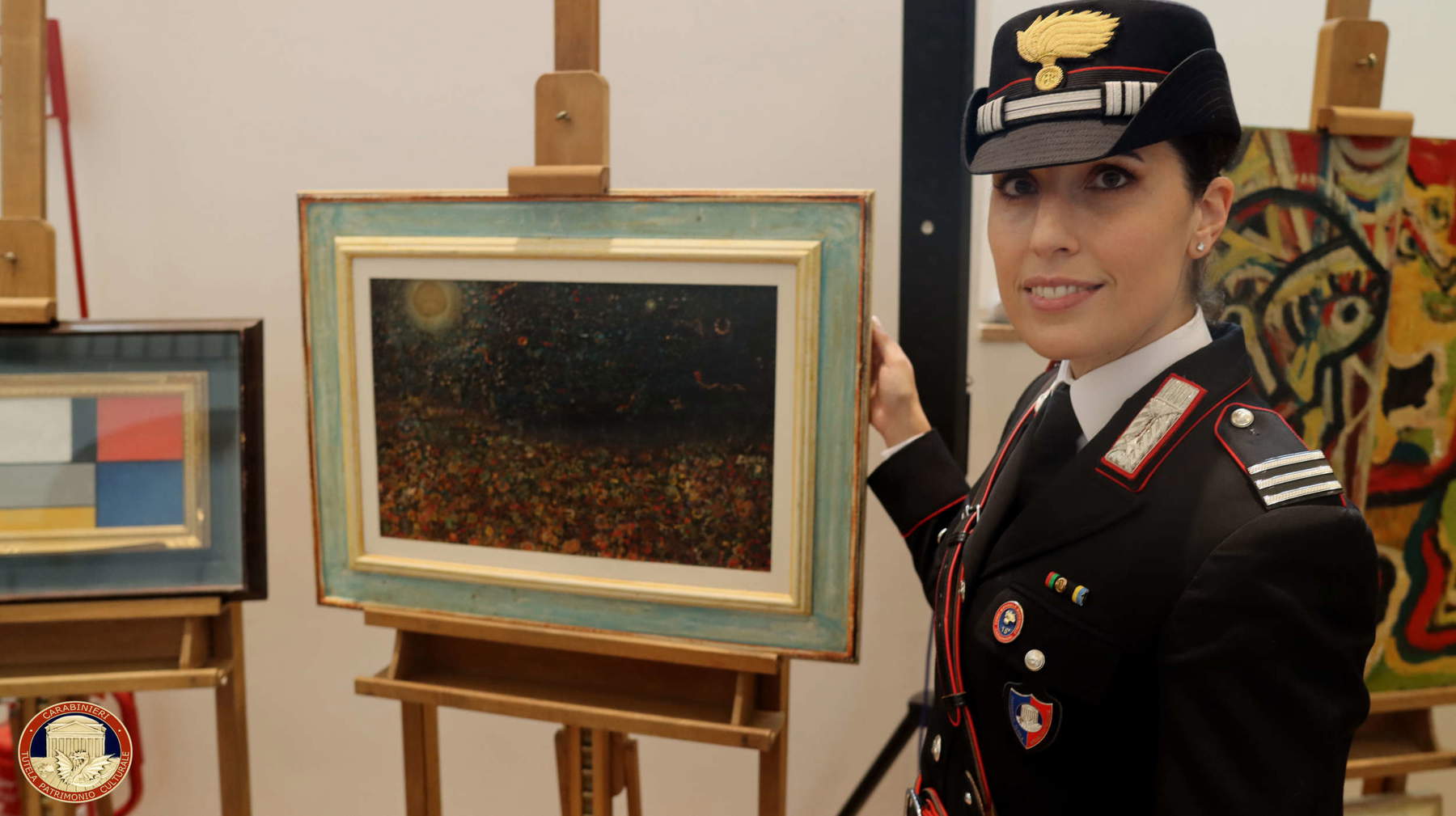
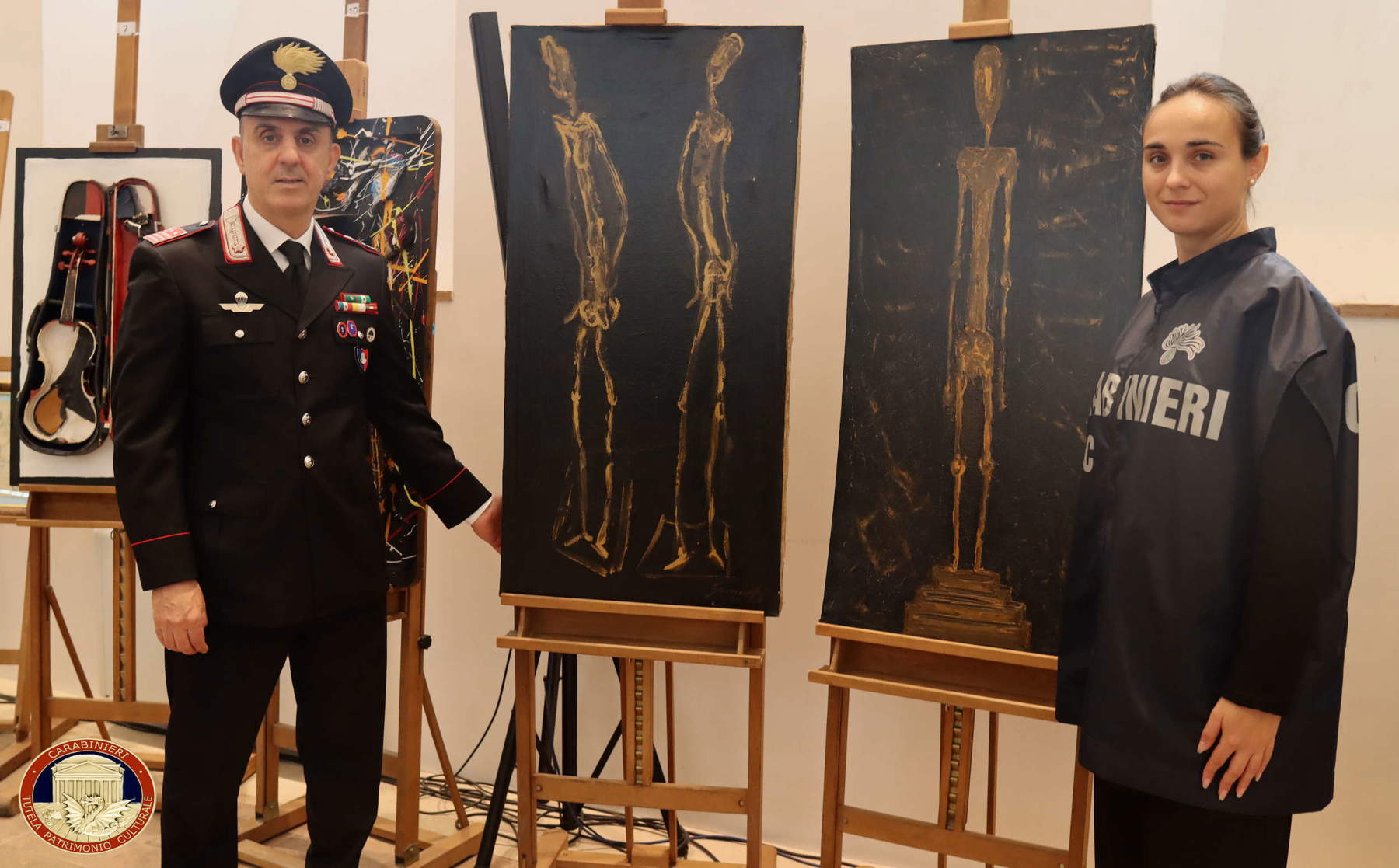
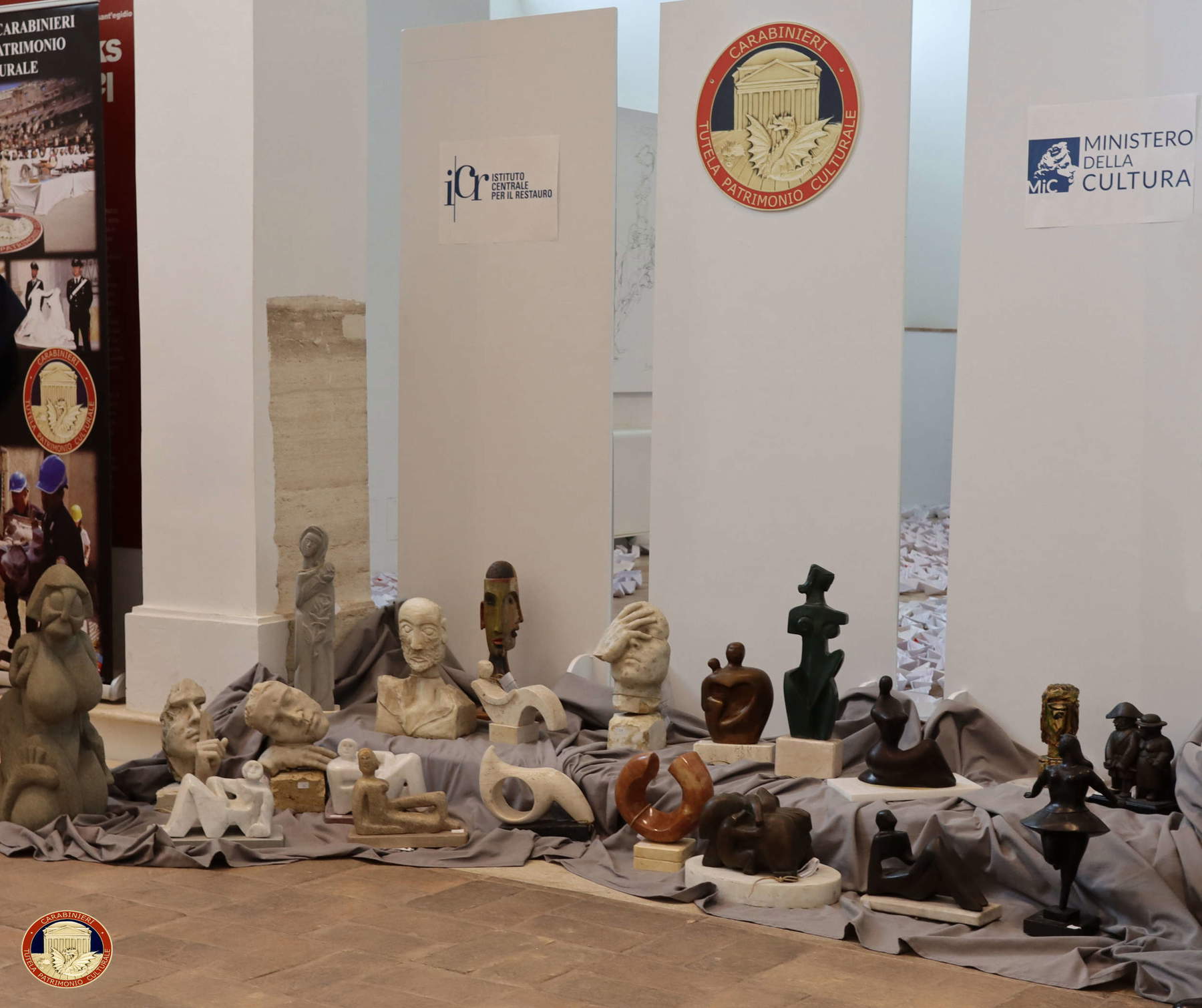
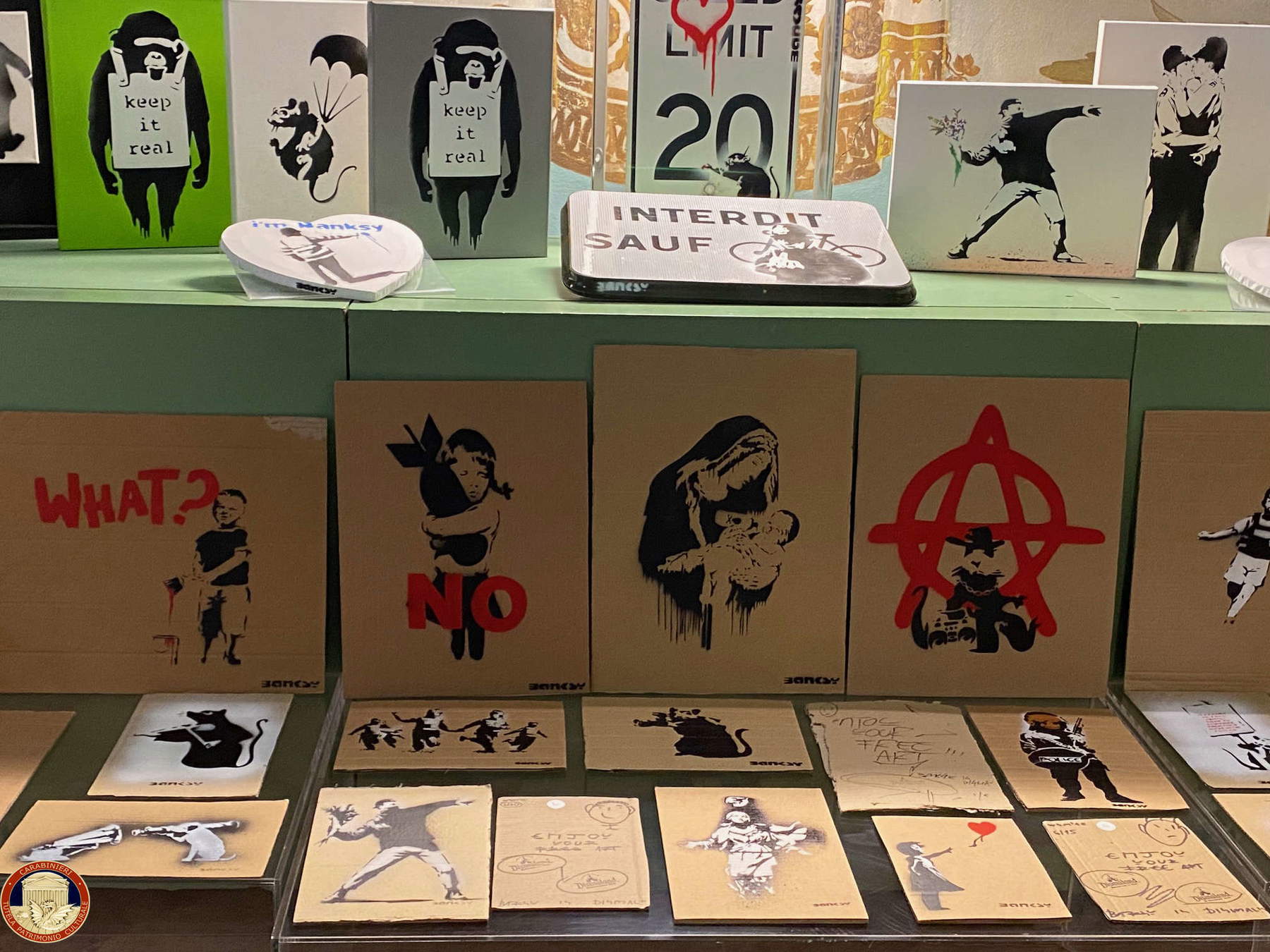
 |
| Carabinieri seize over 2,000 fake works: Warhol, Modigliani, Banksy and more. Photos of the forgeries |
Warning: the translation into English of the original Italian article was created using automatic tools. We undertake to review all articles, but we do not guarantee the total absence of inaccuracies in the translation due to the program. You can find the original by clicking on the ITA button. If you find any mistake,please contact us.




























